Non Woven Material Types: Comprehensive Guide to Properties and Applications
Non-woven materials are everywhere. From the medical masks we wear to the filters in our cars, these versatile fabrics play a crucial role in our daily lives. But with so many different non woven material types available, understanding their unique properties and applications can be challenging. This comprehensive guide will explore the world of non-woven fabrics, covering everything from spunbond to needlepunch, and highlighting their diverse uses across various industries.
What are Non-Woven Materials?
Unlike traditional woven or knitted fabrics, non-woven materials are engineered fabrics created by bonding fibers together. This bonding process can involve mechanical, thermal, or chemical methods, resulting in a wide range of non woven fabric types with distinct characteristics. Because of their unique structure, non-woven materials offer a combination of properties not found in conventional textiles.
Types of Non Woven Materials
- Spunbond Non Woven
- Properties: Lightweight, durable, breathable, and cost-effective.
- Applications: Widely used in medical gowns, agricultural covers, and shopping bags.
- Meltblown Non Woven
- Properties: Fine fiber structure, excellent filtration capacity, and softness.
- Applications: Essential for face masks, air filters, and oil-absorbing products.
- Needle-Punched Non Woven
- Properties: High strength, thickness, and durability.
- Applications: Common in carpets, geotextiles, and insulation materials.
- Thermal Bonded Non Woven
- Properties: Smooth texture, lightweight, and good air permeability.
- Applications: Used in hygiene products like diapers and sanitary pads.
- Chemical Bonded Non Woven
- Properties: Soft, flexible, and resistant to wear and tear.
- Applications: Found in wet wipes, tablecloths, and industrial cleaning cloths.
- Hydroentangled (Spunlace) Non Woven
- Properties: Soft, absorbent, and lint-free.
- Applications: Popular in medical bandages, cosmetic wipes, and hygiene products.
Properties of Non Woven Materials
- Lightweight and Flexible: Suitable for applications requiring ease of use and transportation.
- Customizable: Can be tailored for specific strength, texture, and absorbency requirements.
- Cost-Effective: Economical production methods make them accessible for a variety of industries.
- Environmentally Friendly Options: Many non woven materials are biodegradable and recyclable.
Applications of Non Woven Materials
1. Healthcare
- Face masks, surgical gowns, wound dressings, and disposable gloves.
2. Agriculture
- Crop covers, seed blankets, and weed control fabrics to enhance productivity.
3. Industrial
- Insulation materials, filters, and protective clothing.
4. Consumer Goods
- Shopping bags, upholstery, and disposable hygiene products like diapers.
5. Construction
- Geotextiles for soil stabilization, waterproofing membranes, and roofing underlays.
Choosing the Right Non Woven Material
Selecting the appropriate non woven material depends on factors like durability, absorbency, and cost. For instance:
- Use spunbond for lightweight and breathable applications.
- Opt for meltblown when filtration efficiency is critical.
- Choose needle-punched for heavy-duty purposes.

Get Free Sample Kit Of Our Fabric At Your Door Step
- Online Order
- Door Delivery
- 1-Click Quotation
Conclusion
Non woven materials have transformed industries with their versatility and efficiency. Understanding the types, properties, and applications of these materials empowers businesses to make informed decisions tailored to their needs. As sustainability becomes a global priority, non woven materials offer eco-friendly solutions, ensuring a brighter and greener future.
Explore the world of non woven materials with Favourite Fab, your trusted partner in innovative textile solutions. Contact us today to learn more!



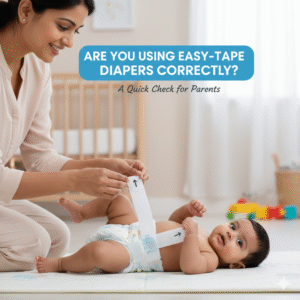

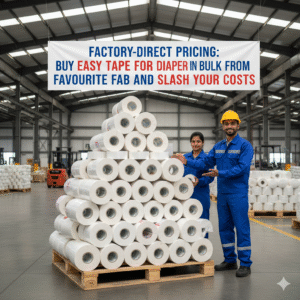

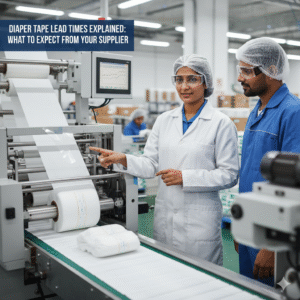
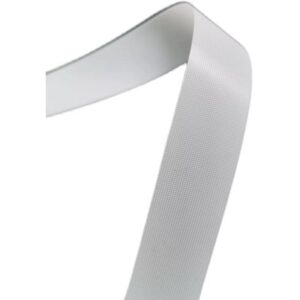
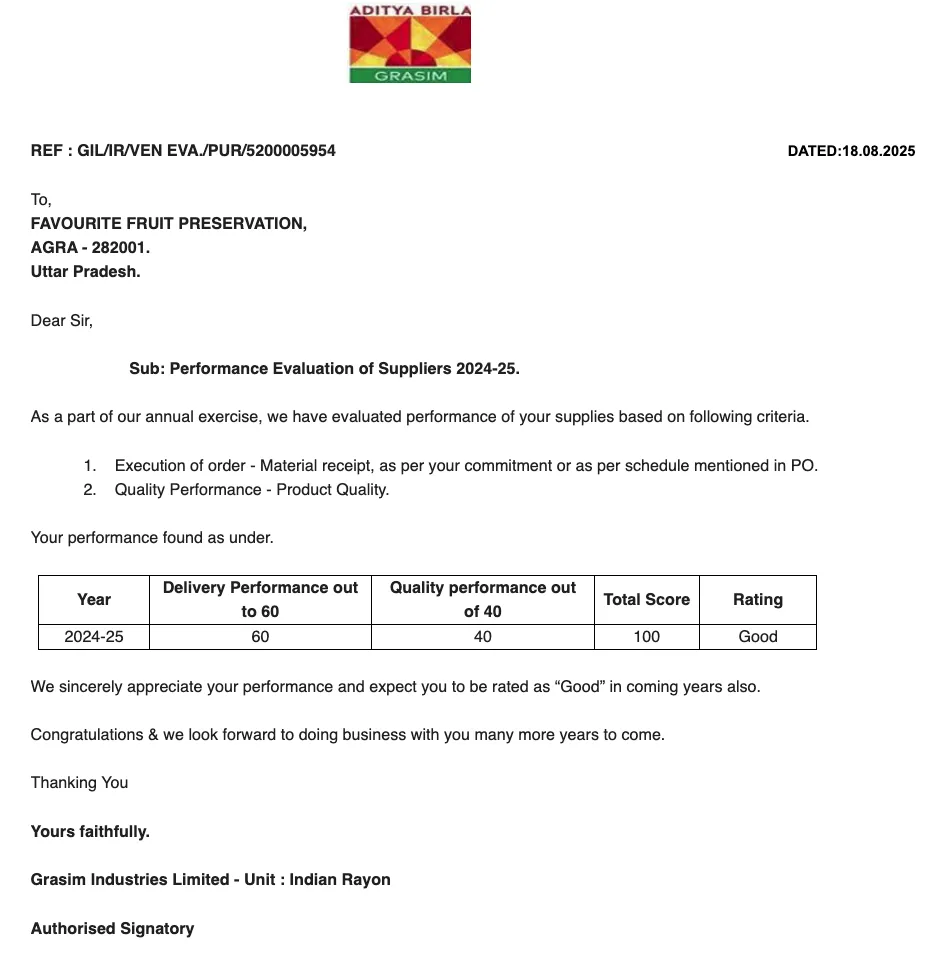




























We Do Business On Trust.Our Nonwoven fabric Business is Built on trust. Trust starts with Transparency.
Mr.Ramniwas Garg Founder Of Favourite Group